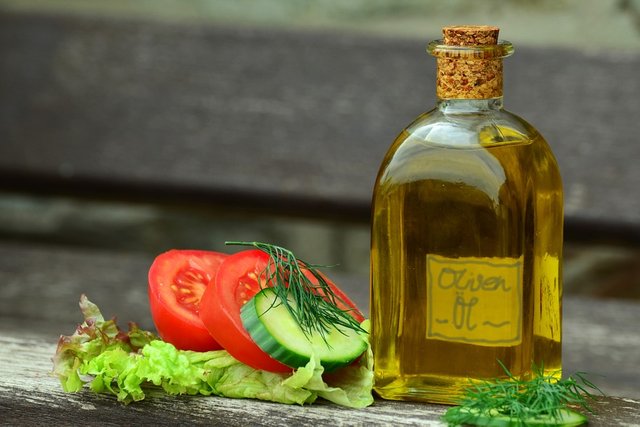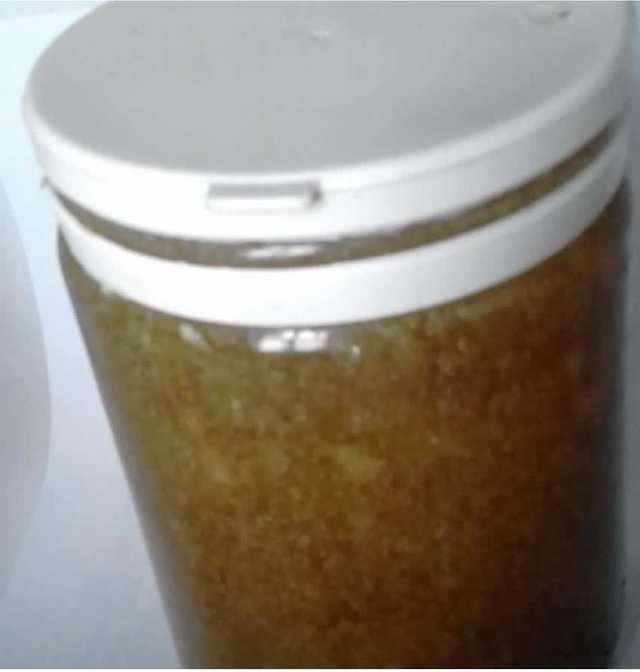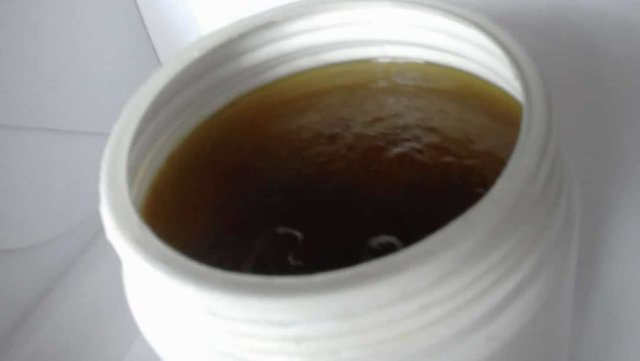Zero waste, a personal journey. Part 2: Oils and fats turn into soap.

Oils and fats are a horrible hazard if we pour them down the drain, so I realized early on that I needed to take responsibility over any waste related with fats, given the fact that I don't compost them.
The first decision was to avoid frying, which I did. This decision is also part of being of the generation indoctrinated in "fats are bad for you". Later on I discovered Sally Fallon Morell and Nourishing traditions, but the damage was done. I can't eat fats without feeling bad about it.
The second decision was to only use high quality fats, which in my case ended up being olive oil for salted foods and coconut oil for sweets. Butter and cream came back, but that's a different story.
Because olive oil has a higher smoke point than grain oils, it can be reused. But I don't like it, and never do it.
So, even reducing fried foods I still have some oil left to dispose.
And the worst amount of fat comes usually from chicken. My dog eats red meat fat raw, but he will not touch raw chicken. Because of this low fat thing I have, I usually take the skin out of the chicken before cooking it. So what do I do with all that?
I found a way, and this is the main subject of this blog post: Soap.
Making soap with waste fats and used cooking oil

Step 1: Preparing the oils and fats.
This is pretty straight forward. The oils need to be passed through a strainer to catch solids and it's ready to go.
With the chicken I use a simple system. I boil the chicken skin and carcase. The dog eats the cooked solids, and I gather the fat that's floating on the surface with a spoon. The soup is a good stock base for other preparations, and I usually freeze it after straining it.
I don't usually use red meat fat because my dog likes it, but when I do the procedure is similar to the chicken one. It's boiled and the oil picked up.
Step 2: Measuring the ingredients
So now I weight both fats and oils. Let's say for simplicity we have 1Kg. I write down the total weight and gather my other ingredients:
- lye, also called caustic soda at 99% (sodium hydroxide): 1/6 of the oils weight (in this example it would be 166 gr).
- water for the lye: same amount of lye and yet some. Example: for 166 gr of lye I would add 200 gr of water. Lye needs at least the same amount of water to dissolve. From there the more we add the longer it will take to make soap.
- alcohol: 1/5 of the oils weight. In this case it would be 200 gr.
- sugar: 1/5 of the oils weight. In this case 200 gr.
- Water for the sugar: same amount. In this case 200 gr.
Step 3: Preparing the soap
This is not a normal recipe of soap. It's very heavy in lye so every single particle of fat will be used up, and it's a simple glycerin soap recipe instead of the normal one. I like this method better because it will result in an odorless soap which really cleanses.
So, how to do it?
It's better to mix the water with lye the day before. I never do it, but I don't use water. I use water kefir, which accelerates all processes.
Security measures: lye is a very strong alkali with a ph of 12. Meaning: it can eat through flesh. It needs to be handled with gloves, and all the security measures you feel confortable with. I make sure my body is covered (long sleeves, pants and tennis shoes), and use gloves. I don't use any protection for my eyes because I wear glasses and I prefer to see what I'm doing, but it's not a recommendation of any sort. Just my experience.
The lye mixed with water is highly exothermic and reacts with metals, with the exception of stainless steel. So the place to make the mix needs to be heat resistant and non reactive. A milk jug or a plastic bucket work fine. It's recommended to add the lye to the water and not all the way around because of the temperatures. I have done it both ways without issues.
The next thing I do is to mix the sugar with its own water. Again, I use water kefir instead of plain water. It needs to be heated until completely disolved.
With everything in place comes the fun part.
The oils are mixed in a heat/lye resistant bucket with the alcohol. Use a long plastic spoon or similar--I use a piece of electric pvc pipe of about 40 cm of length. Then, once the vortex is going strong I add the lye completely disolved in water slowly without stopping the vortex. Finally I add the sugar in water and keep the vortex going.
It takes between 5 to 10 minutes to get to trace. It looks like a gelatin film covers the spoon.
I have done this with a stick blender. but it becomes soap in a stick in one small push of the button, and it clogs the mixer completely while the rest is still separated.
This soap is better done by hand and it's fast enough to be a non issue.
The end result is a paste, because the fats are soft. To get a hard soap, hard fats are needed.
I bottle this soap in soda bottles or plastic containers instead of using molds and let it sit for 3 weeks. After that time, there are two phases, one transparent and pasty and another one that is liquid. This liquid part contains the glycerin, most of the unused lye and soapy water. I add vinegar or more water kefir and shake it. Then let it rest for another week. This takes care of the extra soda and lowers the ph to a safe point. The liquid phase could be also extracted. But I don't really know what to do with it, so I leave it and use it as part of the soap. If it keeps separating, I just shake it. Instead of the vinegar, any acid can be added to take care of the extra lye. It can also be used clean oil. To know how much, it's necessary to use soapcalc or equivalent and know a bit more of soap preparation.

What to use this soap for?
It's a transparent pasty soap or semi liquid depending on the amount of water and vinegar added.
It can be used to clean floors, wash dishes by hand and clean the bathroom.
If we add sodium bicarbonate, it becomes a powerful grease cutter, and "stuff" remover. I use it to clean after barbecues, and when I forget a pot or a pan and burn the food--it happens. It's also great for stove-tops and ovens.
What I don't use this soap for?
I don't use it to wash clothes or people. Maybe it works fine, but I prefer to make specific soap formulations for these cases. They use new oils, so it's beyond the scope of this series.
Do you make your own soap? Do you recycle? I want to hear all about it. Please leave me a comment below so we are in touch.
All posts in this series:
Part 1: Composting
Part1.5: Composting in action. My garden
Part 2: Making Soap out of used oil.
Part 3: Vinegar and enzymatic cleaner